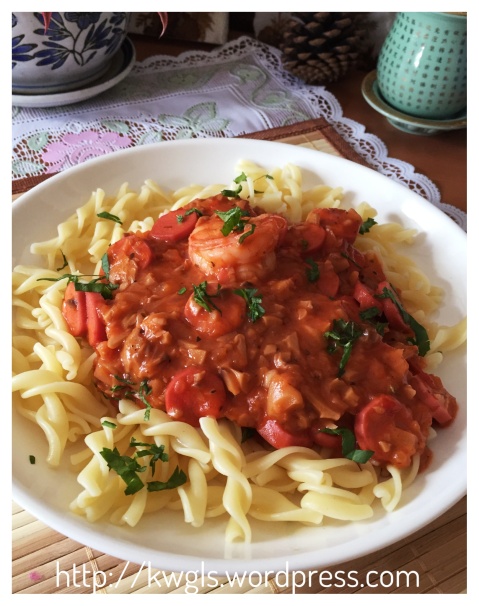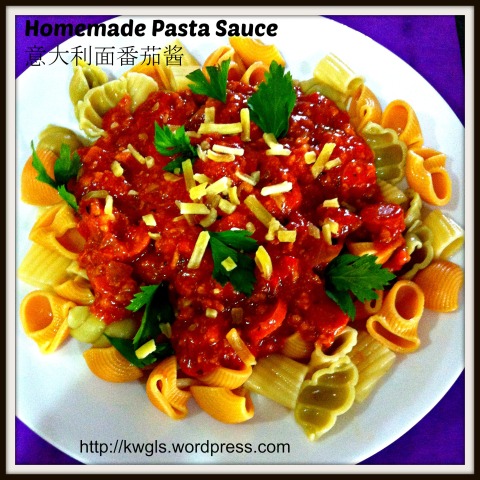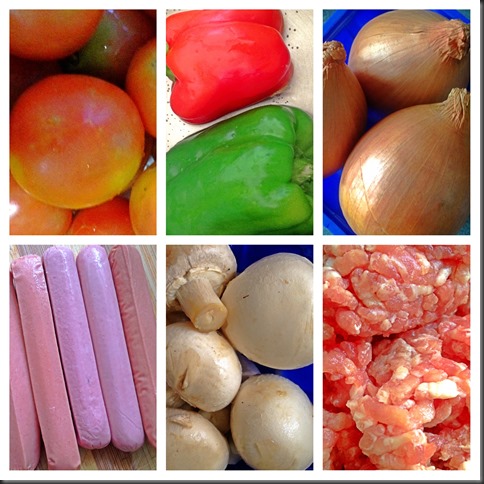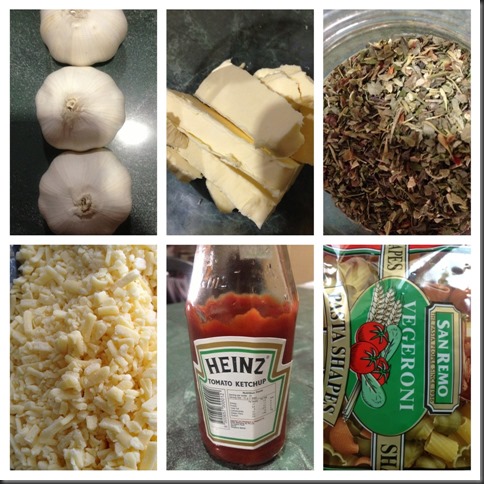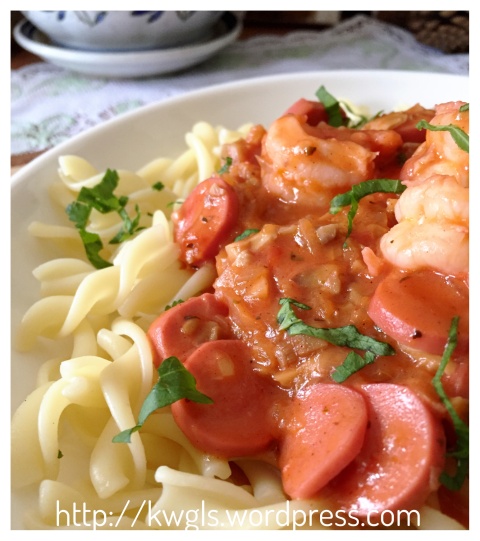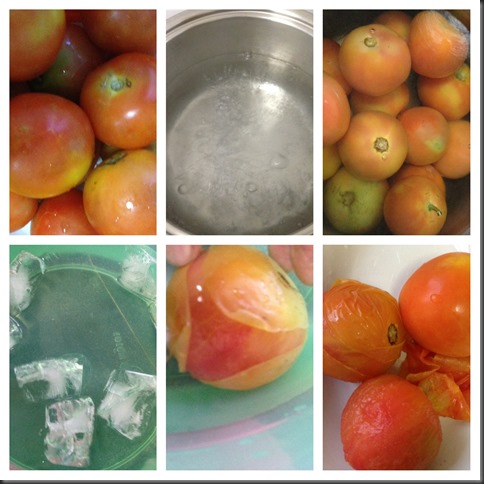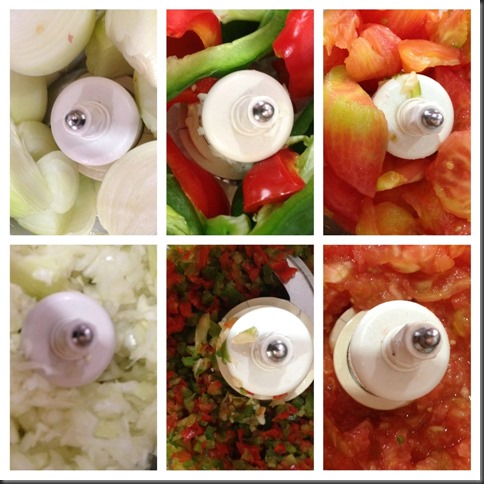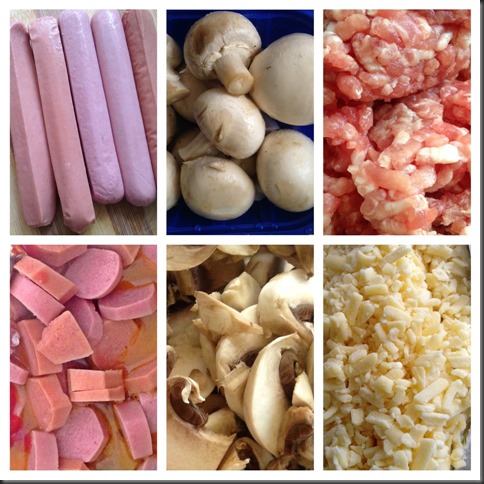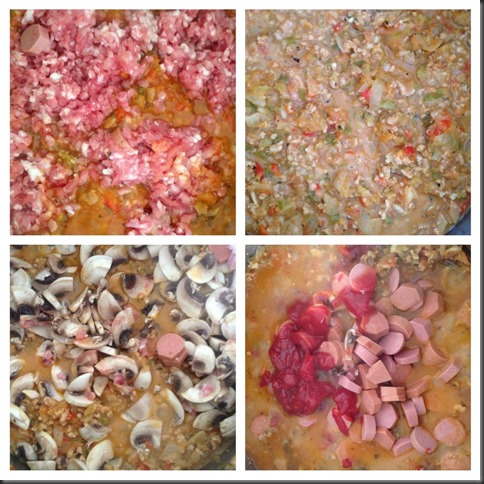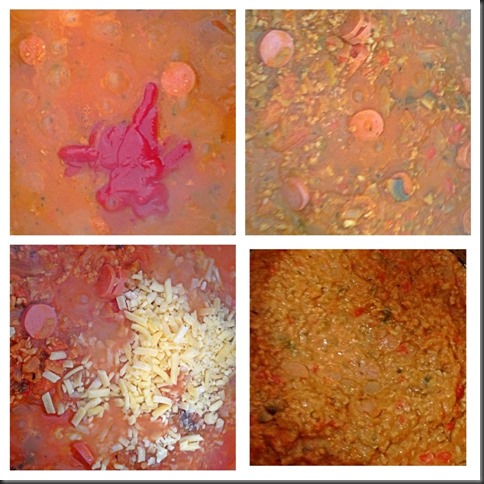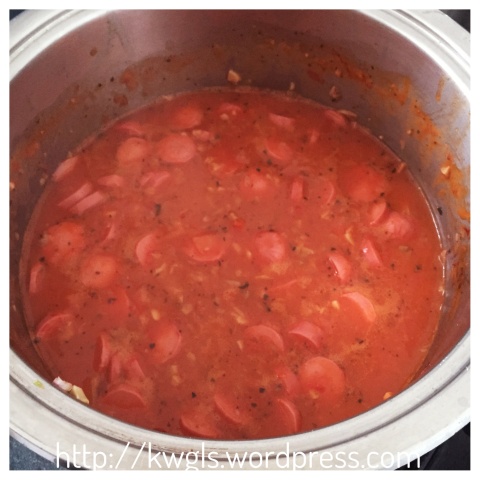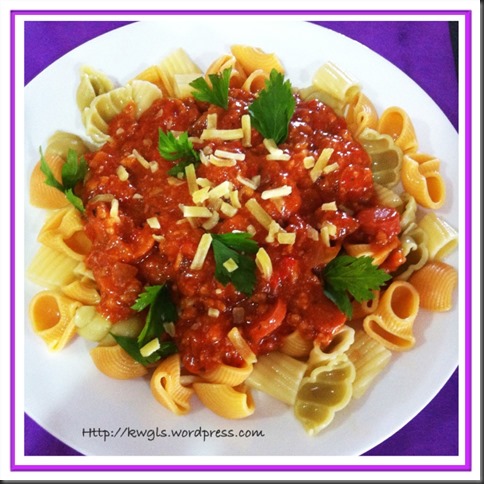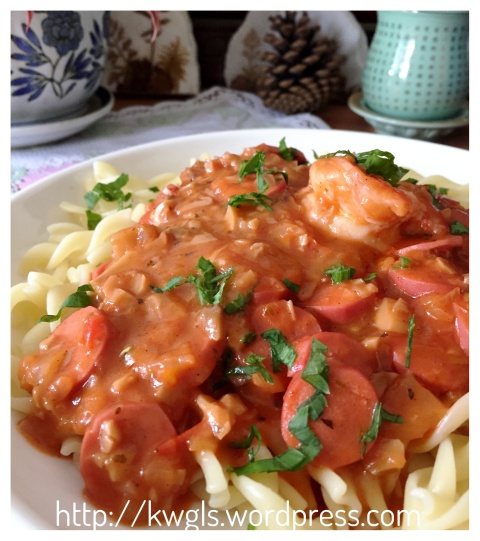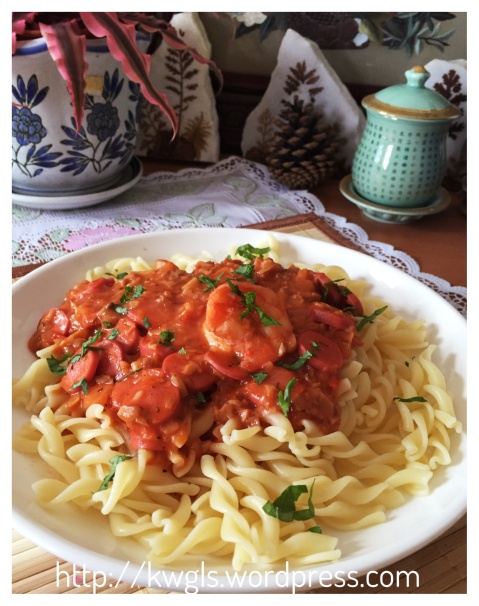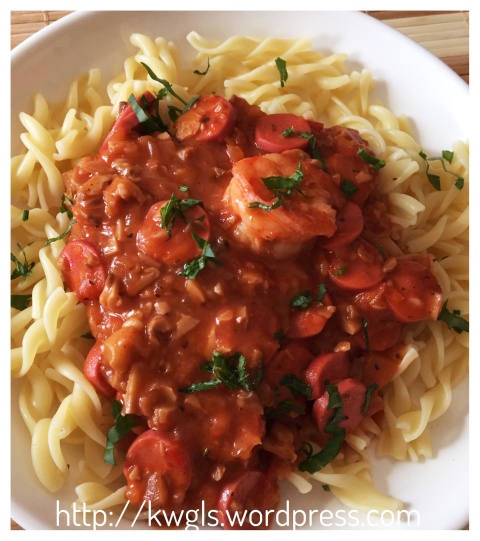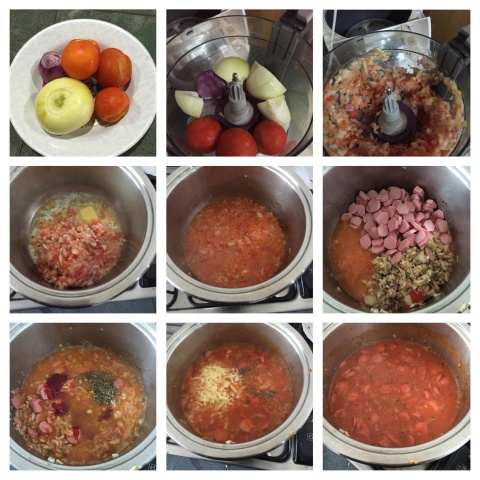INTRODUCTION
Previously, I have a post on Microwave Mug Cake and yesterday when I browsed through the internet, a recipe in this Facebook Page – I love showing my personality in my cooking, caught my attention. I have always loved this Facebook Page because of its simple, unusual and daring recipes. In his/her post FOR THOSE DAYS WHEN YOU JUST WANT TO MAKE ONE COOKIE!, the Page owner was using microwave to prepare some cookies. Analysing at the ingredients, I was amazed how simple were the ingredients. Looking at the number of Likes in the post, at that time, there were 110 Likes and 736 re-shares. I thought I might as well give it a try.
This morning, I am toying with his/her recipes. I started to try the original recipe and followed by additional recipes modified by me including 2 eggless recipes. Prior to this, I do know there are some eggless cookies recipes and I thought I might as well try to make these eggless cookies using microwave. My previous post of Eggless, Butter Less and Milk Less Cup Cakes was quite well received and I believed there will be some readers who are interested in microwave eggless cookies too.
Altogether, I have prepared 5 cookies:
-
Butter Cookies with Caramel Chocolate Chips – As per the original recipe except substitute chocolate chips with caramel chocolate chips;
-
Chocolate Cookies with Almond Chunks
-
Eggless Strawberry Cookies with Strawberry Slices
-
Eggless Blueberry Cookies with Fresh blueberries
-
Strawberry Cookies with Strawberry Slices
For eggless cookies, the eggs were substituted with equivalent volumes of strawberry milks or fresh milks. For this post, I will only list out the recipe of the first cookie and highlight the changes in ingredients for the other cookies.
WHAT IS REQUIRED
Recipe adapted from: FOR THOSE DAYS WHEN YOU JUST WANT TO MAKE ONE COOKIE by I love showing my personality in my cooking
-
1/4 cup of plain flour
-
1 tablespoon of butter (melted)
-
1 tablespoon of white sugar
-
1 tablespoon of brown sugar
-
2 tablespoons of caramel chocolate chips (optional)
-
1 egg yolk
-
1/2 teaspoon of vanilla essence
-
Pinches of salt
STEPS OF PREPARATION
-
In a bowl with melted butter, add in white and brown sugars, stir until well mixed. Add in egg yolks and followed by plain flour. Stir until combined and followed by addition of caramel chocolate chips.
-
Place the cookie batter in the lightly greased microwavable plate or bowl. Microwave 45-60 seconds or until the centre of the batter is set.
NOTE:
Just like ovens, every microwave oven will have some differences in terms of heat released. Like the microwave oven I have in my house, it is a very simple basic microwave oven with no function to adjust the heat. As such, you can start using medium heat (if there is any) and see how is the result. If at the end of 60 seconds, the cookie still does not look set, add additional 10-20 seconds to the cooking time. It is considered as cooked when the centre of the cookie is set or not runny.
CHANGES IN OTHER COOKIES’ RECIPES
For other cookies, the changes are as follows:
-
Chocolate Cookies with Almond Chunks – Addition of 1 teaspoon of chocolate powder to the batter and replace chocolate chips with almond chunks;
-
Eggless Strawberry Cookies with Strawberry Slices – Replacement of egg yolk with 20 grams of strawberry milks and substituting chocolate chips with one fresh strawberry (cut in slices)
-
Eggless Blueberry Cookies with Fresh blueberries – Replacement of egg yolk with 20 grams of fresh milks and replacing chocolate chips with 10 fresh blueberries (mashed)
-
Strawberry Cookies with Strawberry Slices – Replacement of almond chunks with one fresh strawberries (cut in slices).
OUTCOME OF THE EXPERIMENTS
Butter Cookies with Caramel Chocolate Chips
The texture of the cookie is definitely satisfactory. It is rather light and a chewy type of cookie. It is quite fragile and if you view the original website, you will see that the Page Owner is using a fork to eat the cookie. However, given adequate time to cool, the cookie can be cut into neat pieces and definitely worth a try.
Chocolate Cookies with Almond Chunks
As expected, since it is a change of dry ingredients (from chocolate chips to almond chunks) and addition of chocolate powder, the texture is the same as the first cookie. Definitely recommendable even though it is not as crispy as the traditional cookie.
Eggless Strawberry Cookies with Strawberry Slices
Well, for this cookie, there was a rather major modification to the ingredients. So, what is the impact of the substitution of egg yolk with strawberry milks and the addition of freshly cut strawberry slices to the cookie? As expected, as there is no egg, it become a very dense “cookie” or “cake” if you want to call it.
As I have explained earlier in my Eggless, Butter Less and Milk Less Cup Cakes post, eggs have the role to support the structure of any baked products. Without eggs, the rise of any baked products (cookies included) will have to be solely depend on the leavening agents (baking soda or baking powders).
Since we are using plain flour (without any baking soda or baking powders), will the cookies rise? The answer is quite certain, NO.
How about if we substitute the plain flour with self raising flours? It may or may not since the milk have much more moisture content than the eggs and it may not be able to support the flours.
Taste wise, it is acceptable. It is moist and full of strawberry flavour. Having one full cookie with some strawberry ice cream will definitely be welcomed by your guest…For Asian taste, this resembles a steamed dense cake..
Eggless Blueberry Cookies with Fresh blueberries
I then continued my adventure with the blueberry cookie by substituting the yolk with fresh milk and addition of blueberries. The outcome is the same as the eggless strawberry cookie, dense but chewy and edible.
Strawberry Cookies with Strawberry Slices
Looking at the dense eggless “cookie” that I have made, I have decided to revert back to the usage of yolk in the cookies. For this cookie, I have only substituted the chocolate chips with one strawberry fresh slices.
The texture is slightly better than the eggless cookies but it is too moist. The reason was simple, the juices from the fresh strawberry slices have negate part of the structure supporting effects of eggs in the cookie. If strawberry is to be added, I personally think that some baking powder and more flour will be needed to make it less dense.
CONCLUSION
Depending on individual tastes, I would strongly recommended making the first two cookies (butter cookie with caramel chocolate chips and chocolate cookie with almond chunks). These two cookies are very delicious and light. However, if you do not mind to have dense “cookies”, you can try eggless strawberries and blueberries cookies. It was moist and very tasty.
Hope you like my adventure today and do take a step out to prepare this one minute cookie for yourself or share with your family members. Is it not baking and cooking is fun with endless possibilities to try?
Have a nice day and cheers.








































 (
(





































































